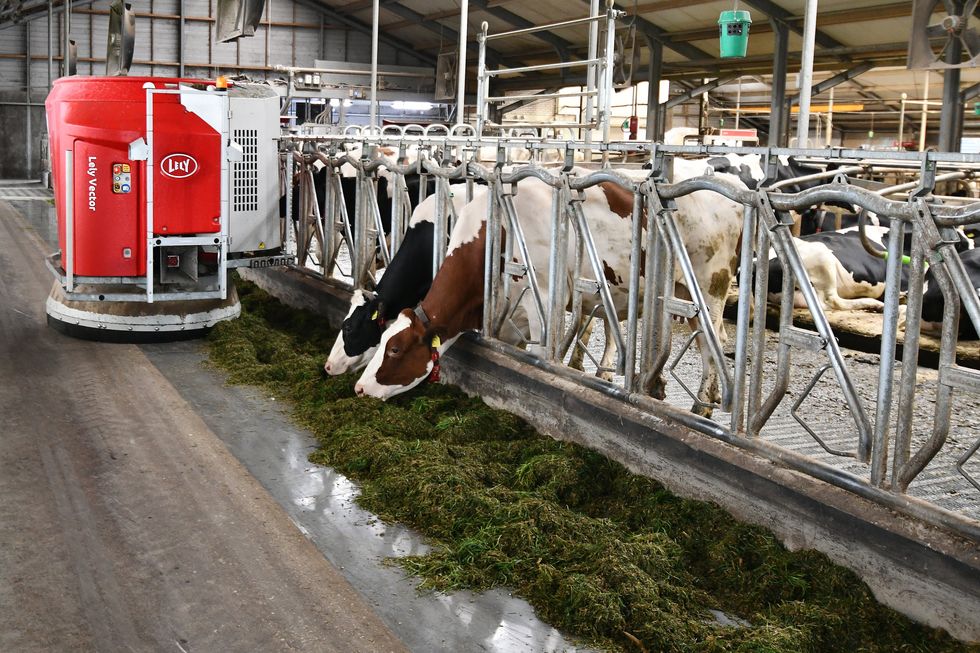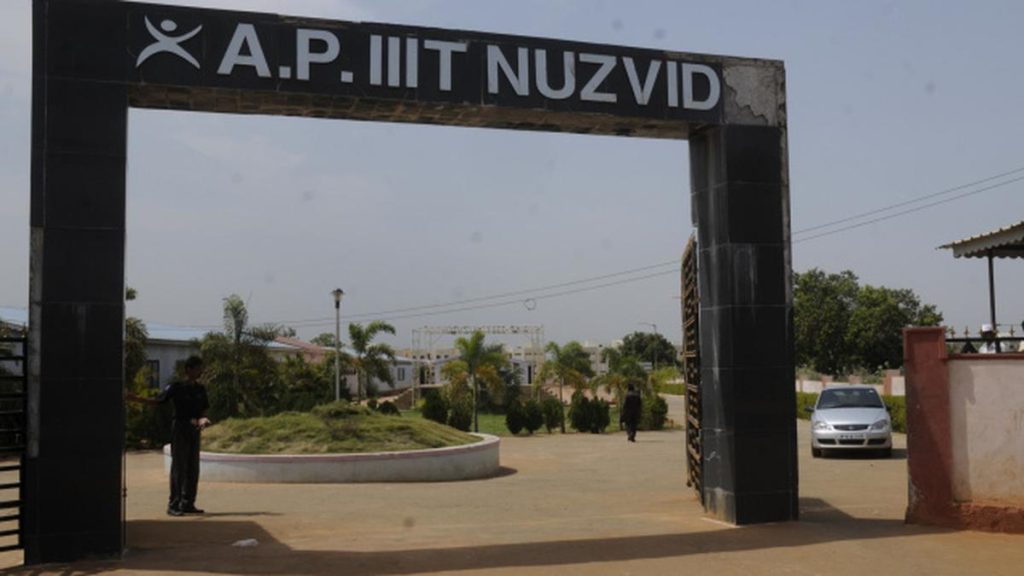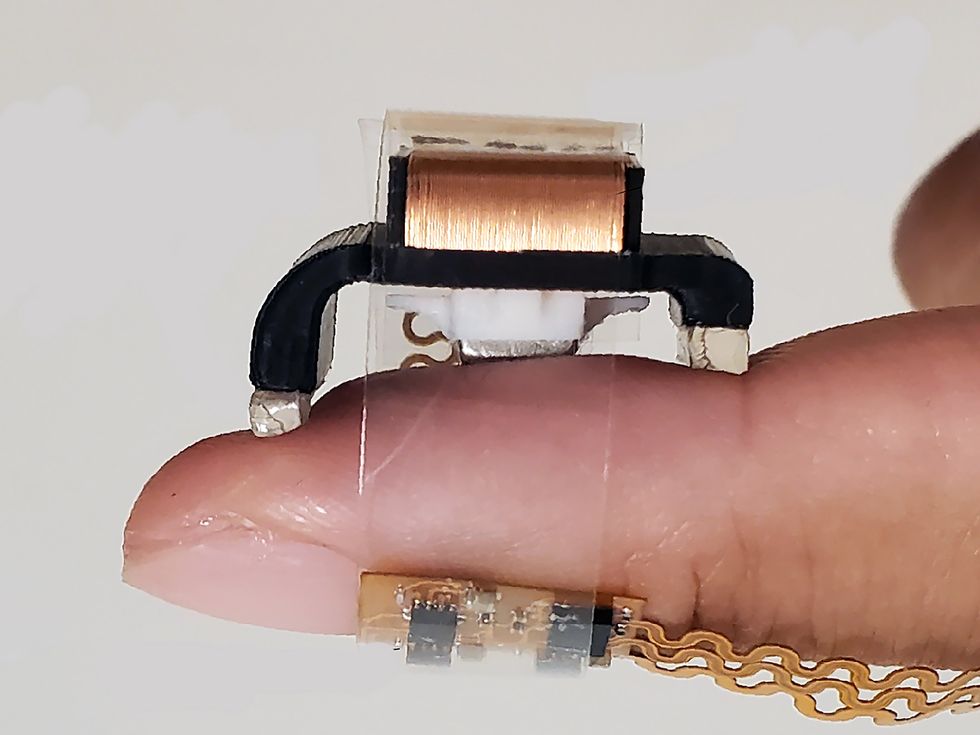Now Reading: How Dairy Robots Are Transforming Life for Farmers and Cows
-
01
How Dairy Robots Are Transforming Life for Farmers and Cows
How Dairy Robots Are Transforming Life for Farmers and Cows

Speedy Summary
- Autonomous robots in Dairy farming: Robots are increasingly automating key tasks on dairy farms such as milking, feeding, cleaning, and cow comfort improvements.
- Impact on Cow Welfare: Automated systems allow cows to choose when to be milked, leading to less stress, increased milk production (up to 10% more), and improved animal behavior.
- Labour Reduction: farmers spend considerably less time milking (from 4-6 hours/day manually to zero with robots) and can focus more on animal care.
- Adoption Rates: About 10% of U.S.dairy farms have adopted robotic systems compared to approximately one-third of European farms. Larger U.S. farms increasingly rely on these systems due to labor shortages.
- Cost Implications: Investment in milking robots can exceed several hundred thousand dollars, with yearly operating costs of $5,000-$10,000 per machine. Long-term savings come from enhanced productivity and reduced labor costs.
- Data Utilization: Robotic systems collect detailed data about individual cows’ health and productivity but require farmers’ efforts for interpretation and actionable insights.
- Farmer Lifestyle Changes: Automation provides farmers more flexibility for personal life while simultaneously enabling diversification in farm activities (e.g., adding restaurants or other income streams).
- Cow-Robot Interactions: As social animals, cows adapt over time but impact robot hierarchy; thus engineering adjustments ensure seamless integration between machines and herd dynamics.
Images from the farm showcase robots at work: automated feeding machines,manure collectors functioning inside barns alongside resting cows.
Indian Opinion Analysis
The increasing use of autonomous robots in dairy farming reflects the broader global trend toward automation across industries. While this technological shift promises tangible benefits-reduced labor requirements for repetitive tasks-it also raises pertinent questions regarding accessibility for smaller-scale operations where upfront costs may be prohibitive.
For India’s agrarian sector-the backbone of its economy-similar robotics adoption coudl perhaps optimize livestock management while addressing prevalent rural challenges like workforce scarcity or fatigue-related inefficiency among smaller farming units. However, significant considerations include affordability barriers given India’s cost-sensitive market dynamics and fragmented landholdings.
Significantly relevant is the data-driven approach described here; robotic precision enables individualized cattle care rather than group treatment methods common globally-and often practiced domestically too-which could notably advance dairy yields if localized appropriately through low-cost alternatives tailored for India’s scale needs.
Additionally promising is how automation frees up farmer capacity for value-added ventures such as dairies branching into local retail or complementary niches-a blueprint worth emulating given growing consumer demand within urban clusters across major Indian metros.
However cautious optimism would apply before extrapolating Western success since socio-cultural attachment remains integral “human-animal bonding cycles pivotal locally still harness higher multi-layer touchpoints even future-proof co-opt scenarios finally-low-tech adaptable models balancing.”
[How Dairy innovations globally pan out overlaps specific traditionally aligned goals highlighted ahead engaging regions under applied tropics framing customized iterative pilot eco-transitory agility applies India]



























